What does it take to manufacture a high-end prestige piece of an imaging device, like Hasselblad cameras? Also, what makes those cameras so expensive? Let’s take a look inside the Hasselblad factory to find out.

The first Hasselblad: ROSS HK-7
The first-ever Hasselblad was made by Victor Hasselblad who was approached by the Swedish government with the task of replicating a recovered German aerial camera during World War II. That’s how the first Hasselblad was born. This model was called ROSS HK-7. From 1941 to 1943, a total of 240 HK-7 units were produced, measuring 31x26x17.6cm and weighing 4.8 kilograms with a 13.5cm (135mm) lens attached. The camera featured a basic set of shutter speeds from 1/150 of a second to 1/400 of a second. Take a look at the ROSS HK-7 in the pictures below.
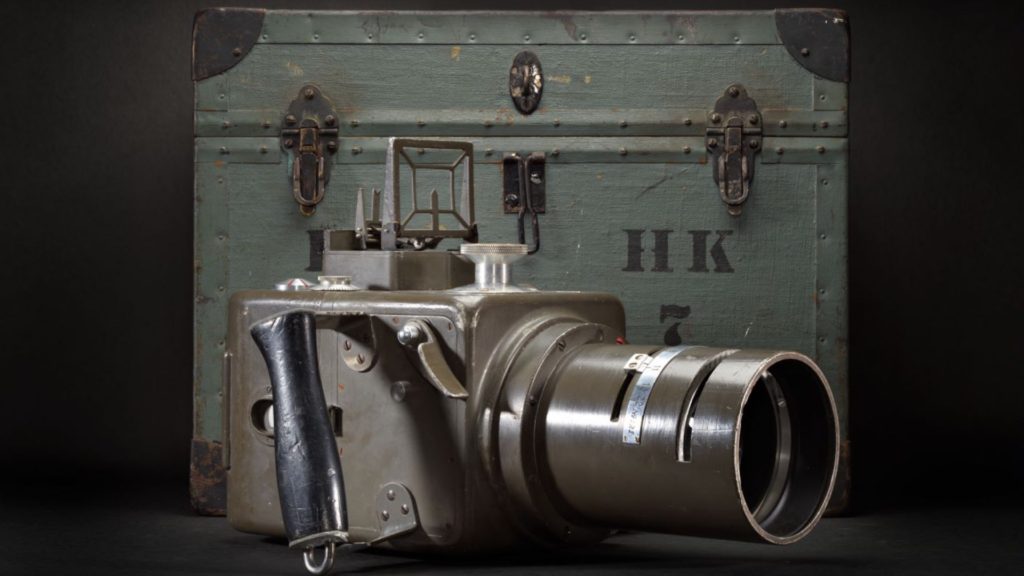
The transition from analog to digital: “Prices exploded”
When Hasselblad has decided to manufacture digital cameras and transitioned from analog, it faced a significant challenge regarding medium format imagery technologies which caused to huge elevation in pricing. “When the company transitioned to digital, the price exploded” said Hasselblad executives. One of the reasons for those steep prices is that the company didn’t want to abandon its specialty which is the medium format imagery. Thus, producing these huge medium format sensors has resulted in a cost, and there’re no shortcuts. “When medium format technology transitioned from analog to digital, the medium format sensors became extremely expensive, and the camera system became extremely expensive and very niche”, said Bronuis Rudnickas, Global Marketing Manager at Hasselblad.

When medium format technology transitioned from analog to digital, the medium format sensors became extremely expensive, and the camera system became extremely expensive and very niche.
Bronuis Rudnickas, Global Marketing Manager at Hasselblad.
Medium format sensor which costs $26,000
Hasselblad’s high-end cameras consist of three main parts: The digital back, the body, and the lens. The back which includes the sensor costs about 70% of the price of the whole camera (in the case of the flagship H6D-100c costs more than $26,000). The sensor is manufactured by Sony. In fact, this is the IMX 461100MP Sony sensor, which Hasselblad utilizes and adapts for its flagships. Furthermore, Hasselblad spends major quality control resources to verify this sensor meets Hasselblad’s standards (calibration and testing, which resulted from more than 700 images taken by this sensor).


No mass production
Hasselblad doesn’t mass produce its cameras. It makes them in small batches assembled in-house by hand, one by one. In 2018, The Verge reported about less than 10,000 units manufactured per year, as opposed to other camera manufacturers (Canon, Nikon, Sony, Fujifilm, Olympus) that produce millions of cameras per year. The cameras are being assembled for 6-8 hours and for some cases it may reach up to a few days. However, the sensor calibration process can take up to a third of that time. “Each sensor is calibrated and tested to a single-pixel level, which is very time-consuming and quite unique in this industry,” says Rudnickas.

Each sensor is calibrated and tested to a single-pixel level, which is very time-consuming and quite unique in this industry.
Bronuis Rudnickas, Global Marketing Manager at Hasselblad.
Medium format sensor calibration
“The sensors are calibrated separately from the camera body in a calibration station. Over 700 images are taken, testing the sensor under various settings, and then a specialized software calculates composition parameters and produces calibration files specific to that sensor. That file is later transferred to that specific sensor’s camera. When test shooting with that camera in the final stage, the calibration data is applied to the naked images before the image is stored” says Vivian Gorges which is the Production Leader at Hasselblad. For instance, the X-system is divided into five stages, which the sensor calibration constitutes Lion’s share of it.

Here’re the steps concerning the X models:
- Checking for cosmetic issues
- Programming the camera and updating it to the latest firmware
- Sensor calibration: The major part in the production (see above)
- Digital unit test: Adjusting focus, power management, noise, and other parameters
- Photo quality tests: Examination in a studio environment against objects, color charts, and more
Here’s a brief look at all that stages:
More affordable Hasselblads
Due to the market demand for large format cameras, Hasselblad has released more affordable entry-level large sensor products. Although these cameras have smaller sensors, they are still considered medium format cameras, like the X1D II 50C which owns a 50MP 43.8 x 32.9mm CMOS sensor. The prices are not so cheap though and reach $6,000. However, it’s still in the high-end segment regarding pricing. Nevertheless, the main issue is the limited video capabilities comparing other flagships, like the Sony Alpha 1, which is located in the same price range. Hasselblad doesn’t offer 8K video, accurate autofocusing, advanced image stabilization, and more video features that are essential to professional videographers, and for that reason, it’s a real challenge to compete with other manufacturers.

Impaired video capabilities
With all that medium format goodness, the video capabilities of Hasselblad cameras are still impaired. The advantages of that huge sensor are not shown when shooting videos in Hasselblad cameras. It seems that the sensor is capable of shooting extraordinary photos, but not videos. A lot of artifacts, like an extensive rolling shutter, low dynamic range, and poor codecs, locates Hasselblad away from being a decent option for professional videographers. Last year, Hasselblad announced firmware Update 1.2.0 for its X1D II 50C and 907X Special Edition which allows recording at resolution 2.7K (2720 x 1530) & HD (1920 x 1080). In this update, the video can be recorded at 29.97 fps with 4:2:0 8bit color. According to Hasselblad, the 2.7K resolution option delivers improved capture of details, whilst balancing the final video capture size. Although the full width of the sensor is used in a 16:9 aspect ratio (43.8 ×24.6), resulting in a massive 50.25 mm image circle which is more than 16% larger than typical full-frame video capture, and nearly double comparing the standard cinematic Super 35, it needs to be emphasized that this is an 8-bit video. Not good enough. The flagship H6D-100c can shoot 4K RAW, however, this is not a real RAW, and the results are poor.
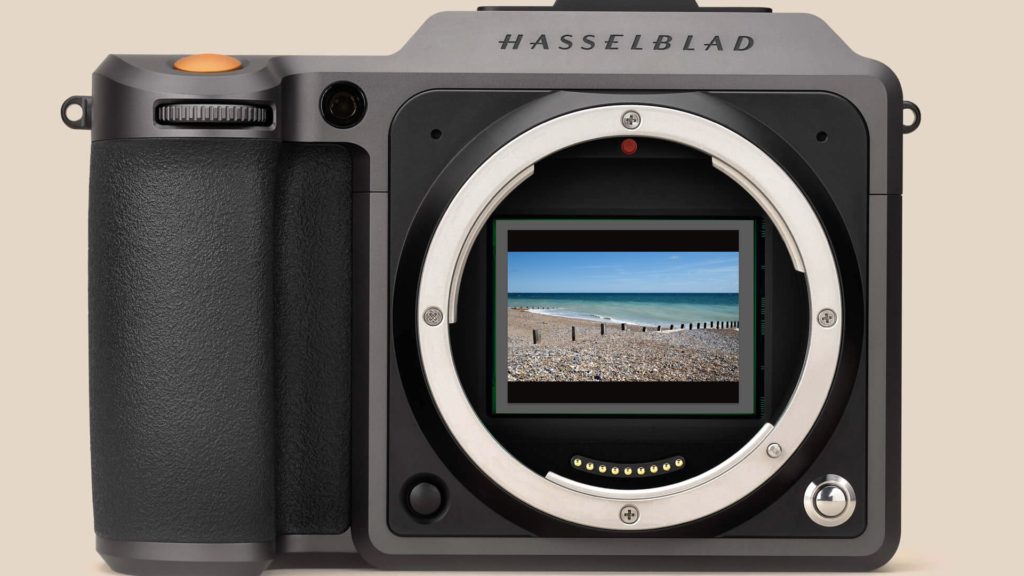
Final thoughts
We’ll sum it up by saying that Hasselblad is an amazing camera that is built for real artists. And allow us to quote our previous statement by saying that Hasselblad needs to invest more R&D resources focusing on its video capabilities regarding codecs. Let’s imagine partnering with Atomos for outputting ProRes RAW from this huge sensor. Utilizing an external recorder to output decent video should be the mandatory strategy for Hasselblad, especially in this price range. That will allow Hasselblad to push the envelope concerning medium format video imagery.
Product List
Here’re the products mentioned in the article, and the links to purchase them from authorized dealers.
- Hasselblad X1D II 50C Medium Format camera
- Hasselblad H6D-100c Medium Format DSLR Camera

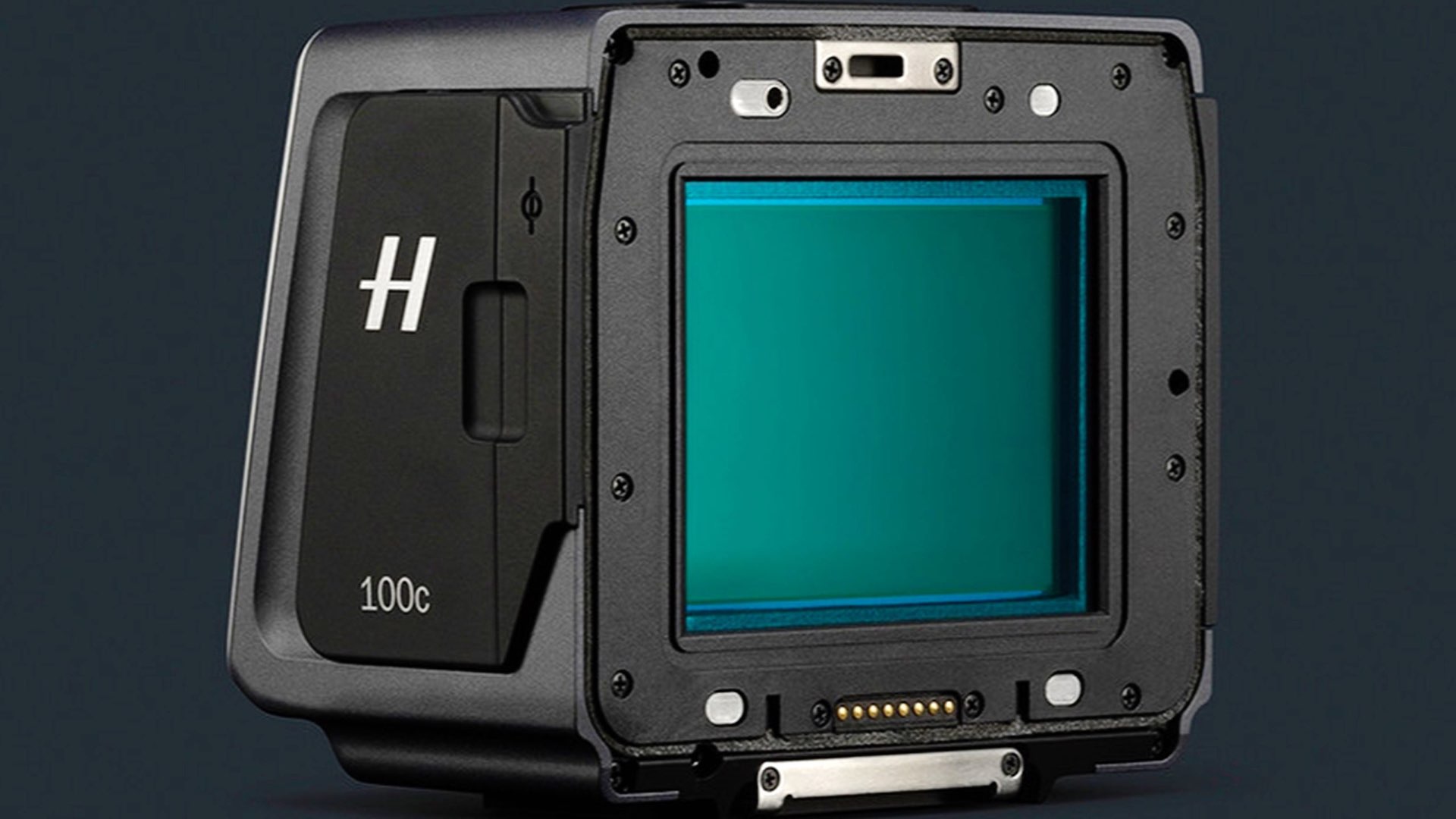

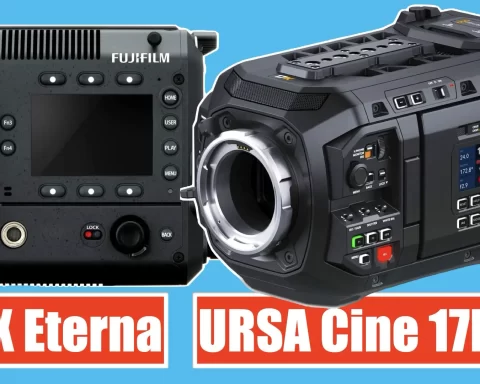
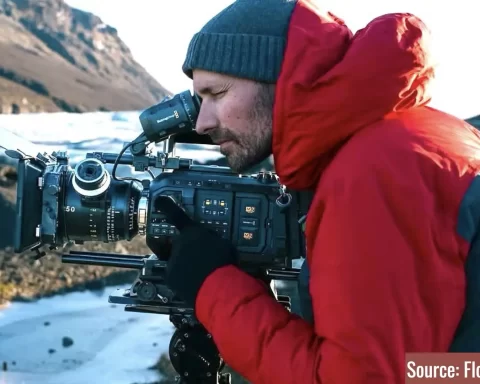
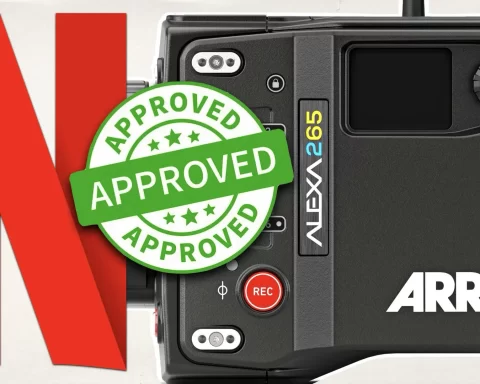
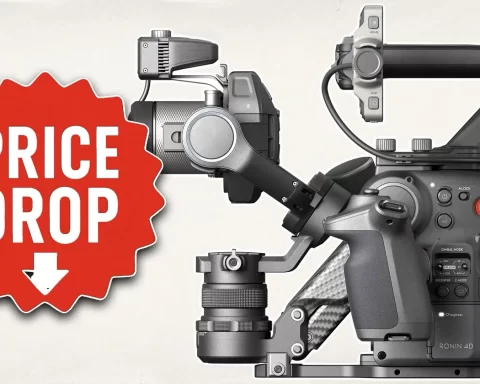
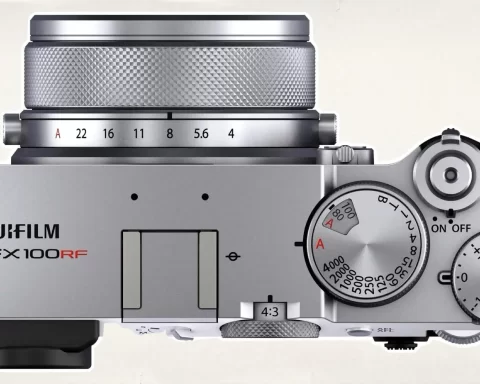

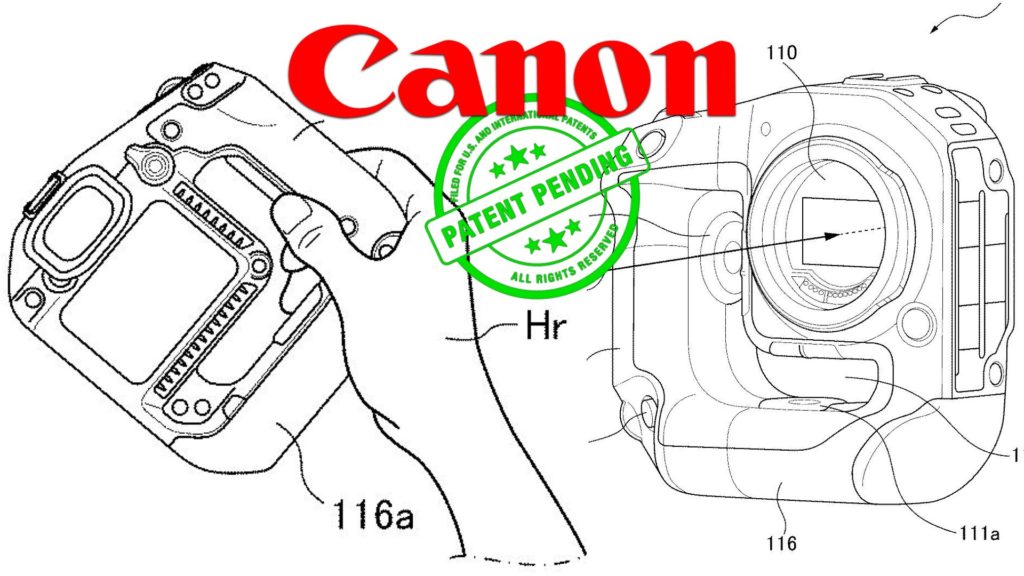
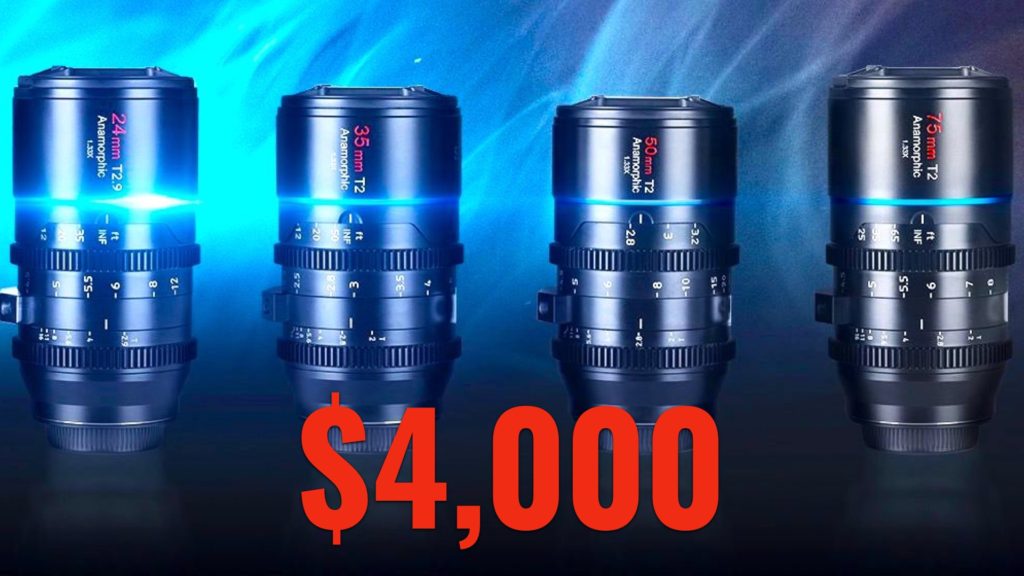




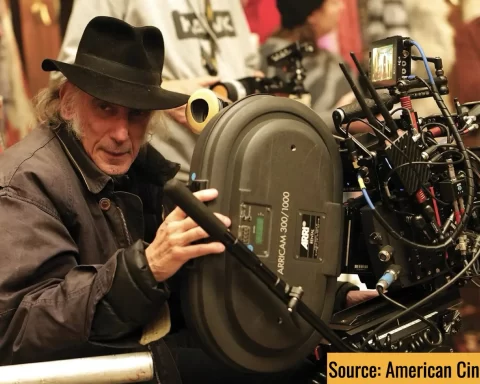


Can an editor be employed to check the grammar for these posts? It is terrible and makes it difficult to understand who or what is being discussed.